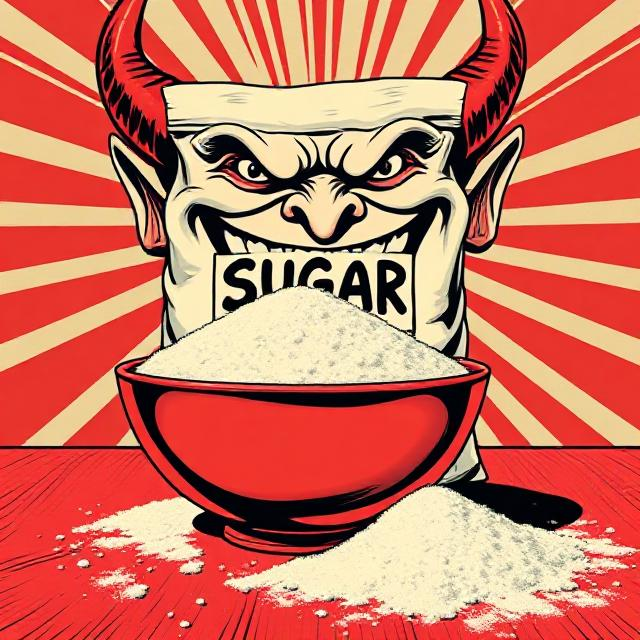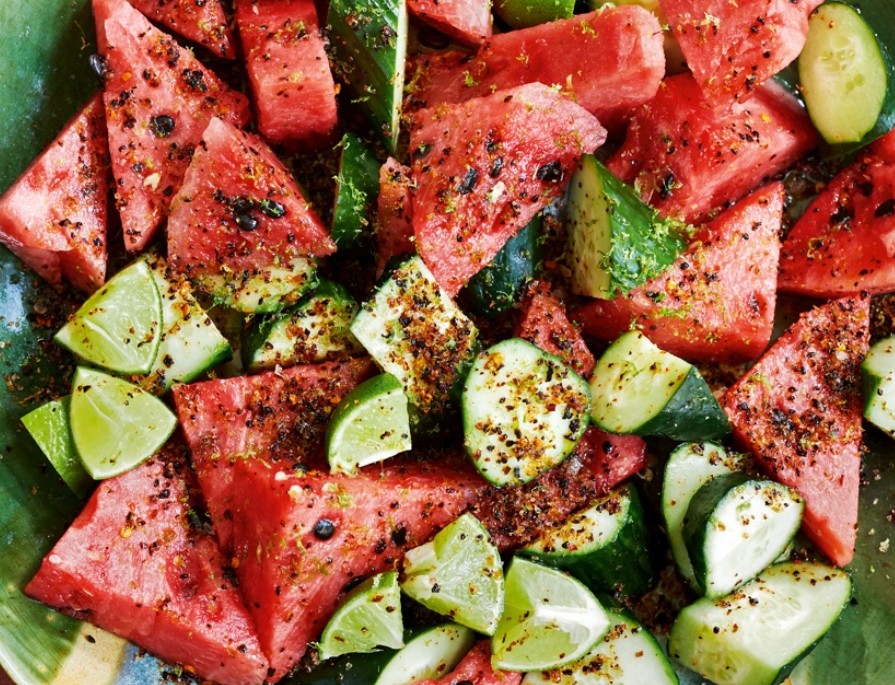It’s in your morning cereal, your afternoon coffee, your favorite sauces, your granola bar, your weekend treats, and sometimes even your salad dressing. It sweetens childhoods, comforts breakups, celebrates birthdays, and hides in the corners of nearly every aisle of the grocery store. It doesn’t need a prescription, a warning label, or an age restriction. But ask around — and many will tell you the same thing:
“I’m addicted to sugar.”
Which raises a bigger question: Is sugar the world’s most popular drug?
It’s a bold claim. But the more you look at it — how it works on our brains, how it’s marketed, how it permeates our daily lives — the harder it is to dismiss.
Of course, sugar isn’t technically a drug. Not in the regulatory sense. It’s a food ingredient. A flavor enhancer. A harmless pleasure — or so we’ve been told. But biologically? That’s where things get interesting.
Sugar lights up the brain’s reward system much like certain substances that are classified as drugs. It boosts dopamine, the “feel-good” chemical. It creates a sense of comfort, satisfaction, even euphoria — and for some, a relentless craving that feels impossible to tame. Studies have shown that sugar, especially when combined with fat and salt (hello, donuts), activates the same neural pathways that are triggered by things like nicotine, alcohol, and even cocaine.
And it doesn’t stop there.
The more sugar you consume, the more your tolerance builds. What once felt sweet becomes normal. What’s normal becomes bland. You need more. A little more in your coffee. A second slice. One more bite. It’s not just a craving — it’s a cycle.
But sugar’s power doesn’t come from chemistry alone. It comes from culture. From marketing. From memories.
It’s the currency of comfort — the treat you got for being good, the dessert at every celebration, the smell of warm cookies on a rainy day. Sugar is stitched into the fabric of emotion, tradition, and habit. No one brings a salad to a birthday party. No one lights candles on a carrot stick. Sugar is joy. Or so we’re told.
And the food industry knows it.
Over the past century, sugar has been added to everything — not just sweets, but cereals, sauces, breads, soups, yogurts, and “healthy” bars. It’s a cheap way to make food irresistible. To keep us coming back. To condition taste buds young and keep them loyal.
So we eat it. Often without realizing. Often far more than we intend to.
And yet, when people try to cut back — really cut back — the withdrawal is real. Headaches. Mood swings. Fatigue. A gnawing sense of something missing. Many are shocked at how deeply their bodies miss the buzz of sweetness. It’s not just about willpower. It’s about biology.
But sugar isn’t evil. It’s not a villain lurking in the pantry. It’s just… everywhere. And the question isn’t whether we should live without it entirely, but whether we’re aware of how deeply it’s woven into our cravings, our choices, our culture.
Calling sugar a “drug” is provocative, sure. But maybe it’s less about the label and more about the relationship. How much power does it have over us? How often does it shape our decisions without our consent? How does it make us feel — and what do we feel without it?
Perhaps the answer isn’t abstinence, but awareness.
Because once you see how sugar moves through the world — sweetening everything, slipping into everything — you begin to realize: it’s not just about taste. It’s about control. And maybe, just maybe, it’s time we took a little of that control back.
Cutting Back on Sugar (Without Cutting Out Joy)
Now you’ve peeked behind the curtain. You’ve seen how sugar sneaks into your meals, your cravings, your daily rituals. Maybe you’ve even noticed how much you rely on it — for energy, for comfort, for a little lift between the chaos. And now you’re thinking: I should probably dial it down.
But where do you start — and how do you do it without making life taste dull and sad?
Here’s the truth: cutting back on sugar doesn’t have to be extreme. It doesn’t have to mean ditching your favorite foods, living in food fear, or announcing to the world that you’re “off sugar” forever. You don’t need to be perfect. You just need to be a little more intentional. A little more tuned in.
And — good news — you can absolutely still have dessert.
The key is to go slow.
Our taste buds adjust, but they need time. If you normally take two sugars in your tea or coffee, try one and a half. Then one. Then maybe switch to cinnamon or vanilla for a little natural flavor. The same goes for breakfast. Instead of sweetened cereal or flavored yogurt, try mixing plain versions with a smaller scoop of the sweet stuff you love — fruit, a drizzle of honey, a sprinkle of granola.
Look at labels, not with fear, but with curiosity. You’d be amazed at how much added sugar lives in places you don’t expect — bread, ketchup, salad dressing, “healthy” protein bars. If you find a lower-sugar version you like just as much? Great. If not? No pressure. Awareness is power all on its own.
Start building meals around whole foods — not in a boring, moralizing way, but because they keep you full and stable. Protein, fiber, and healthy fats help calm the rollercoaster that sugar can create. Think eggs, beans, whole grains, nuts, roasted veggies, avocado. Not punishment — pleasure with benefits.
When a craving hits — and it will — pause. Ask what you really want. Is it sweetness, or a break? A pick-me-up, or a little dopamine? Sometimes a glass of water and a quick walk does the trick. Sometimes it doesn’t. That’s okay too. If you decide to have the cookie, have the cookie. Enjoy it fully. Savor every bite. Guilt burns nothing but joy.
And here’s something rarely said in sugar-free circles: you don’t have to give up dessert. Instead, reimagine it. Try frozen grapes or bananas dipped in dark chocolate. Toasted oats and fruit with a little cream. Greek yogurt with cinnamon and berries. A square of really good chocolate instead of a whole bar of the mediocre stuff. Quality over quantity — satisfaction over compulsion.
You may also find that as you reduce added sugars, your natural palate resets. Apples taste sweeter. Carrots have more flavor. That square of dark chocolate suddenly hits the spot. You’re not depriving yourself — you’re just retraining your senses to notice what they’ve forgotten.
The goal isn’t to quit sugar forever. The goal is to reclaim your choices — to stop feeling pulled by something you never meant to follow. To find sweetness on your own terms.




